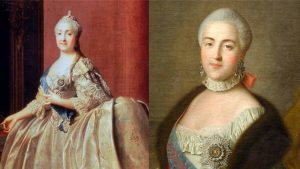A day in the life of Medieval Knights
Step into the fascinating world of medieval knights, where valor and honor defined a man’s worth. Knights were the warriors of the Middle Ages, sworn to protect their lords and uphold the code of chivalry.
They were not just combatants but also symbols of medieval culture, often depicted in literature and art. Their legacy continues to captivate our imagination, with stories of bravery and romance that have stood the test of time.
The Dawn of a Knight: Morning Rituals
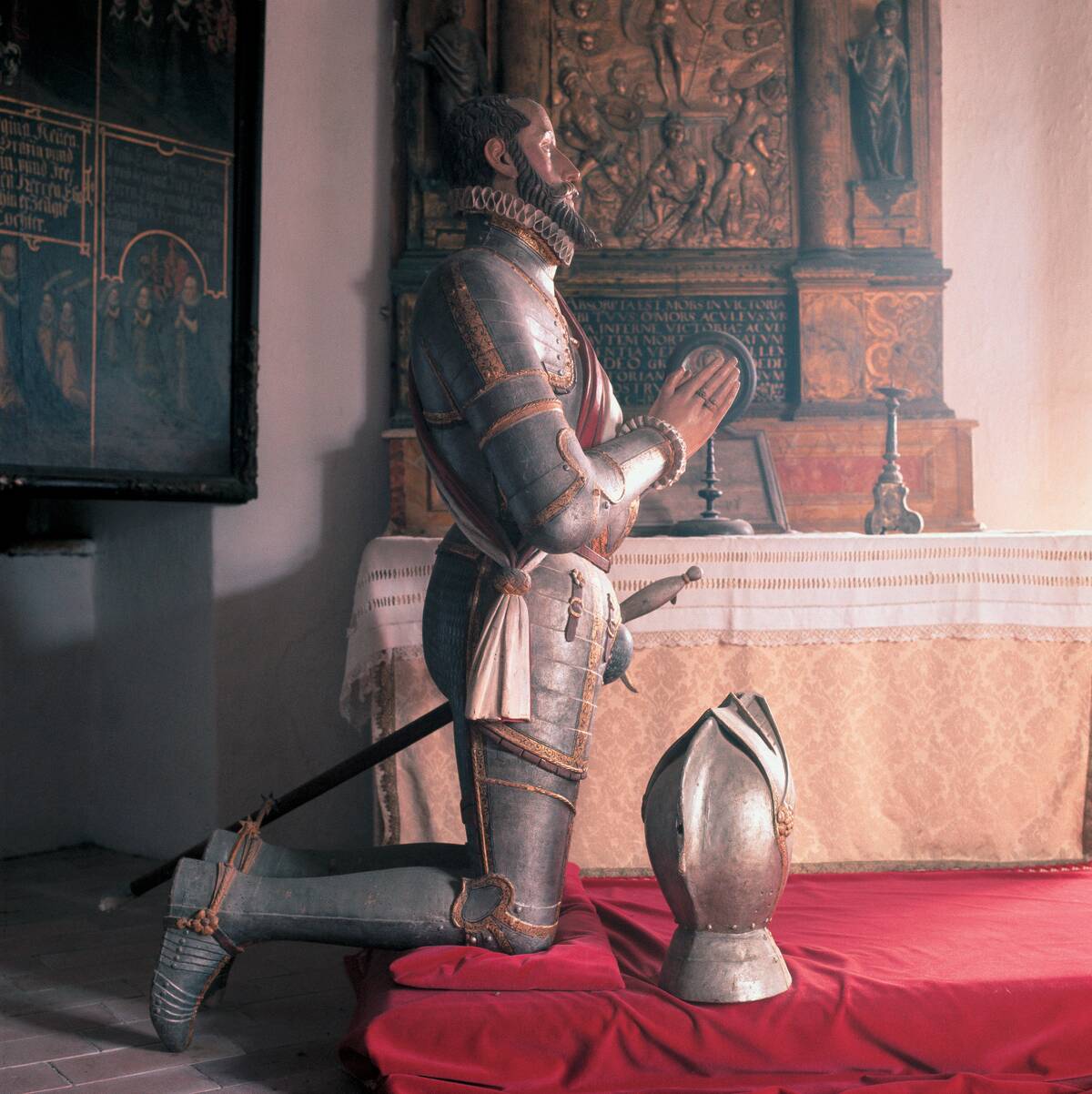
A knight’s day began with the gentle light of dawn and a series of morning rituals. These rituals were not only physical preparations but also mental ones. Prayers were often said, invoking divine protection and guidance for the day ahead.
Personal grooming followed, which was surprisingly meticulous, considering the era. A knight’s squire played a crucial role here, assisting in readying his master for the challenges of the day.
Dressing the Part: Armor and Attire
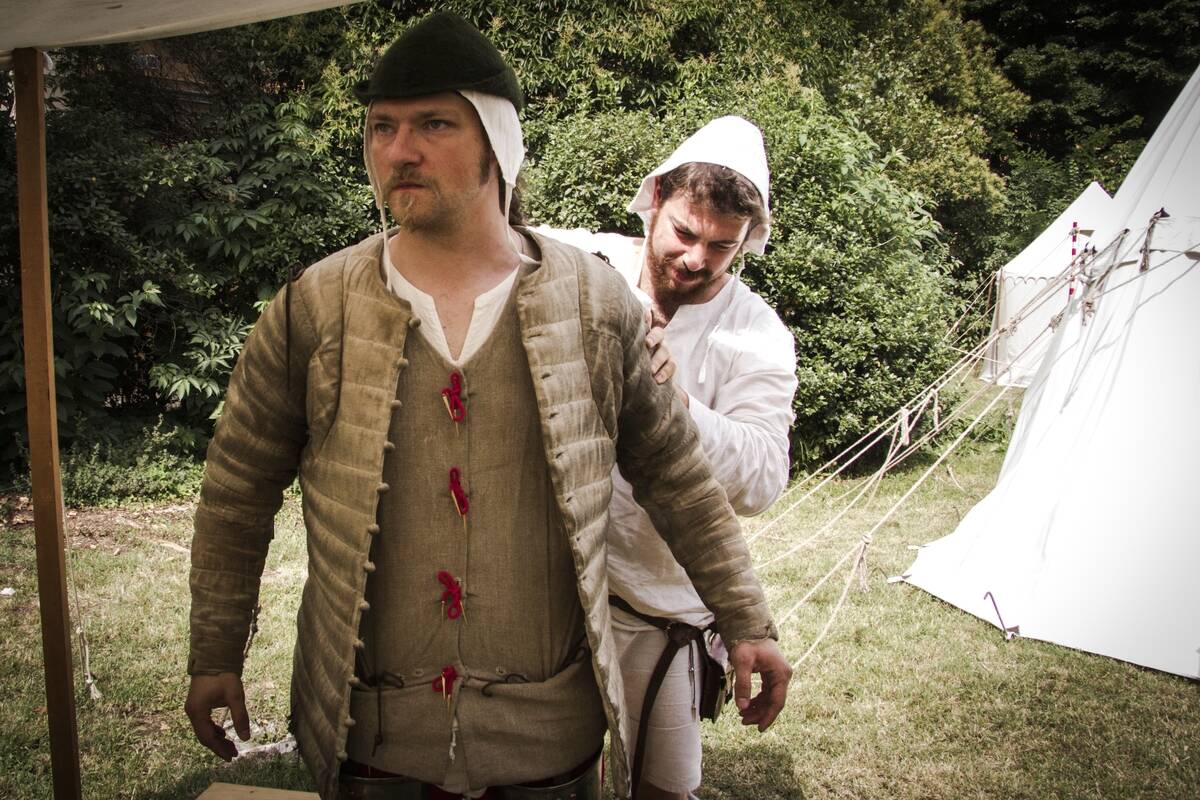
Dressing in armor was no small feat, requiring both time and assistance. The knight’s armor was a marvel of medieval engineering, designed to provide maximum protection while allowing for mobility.
Chainmail, breastplates, gauntlets, and helmets were carefully donned, each piece crucial for survival on the battlefield. Attire varied by region and status, with some knights adorning their armor with family crests or other symbols of identity.
The Knight’s Trusted Companion: The Warhorse
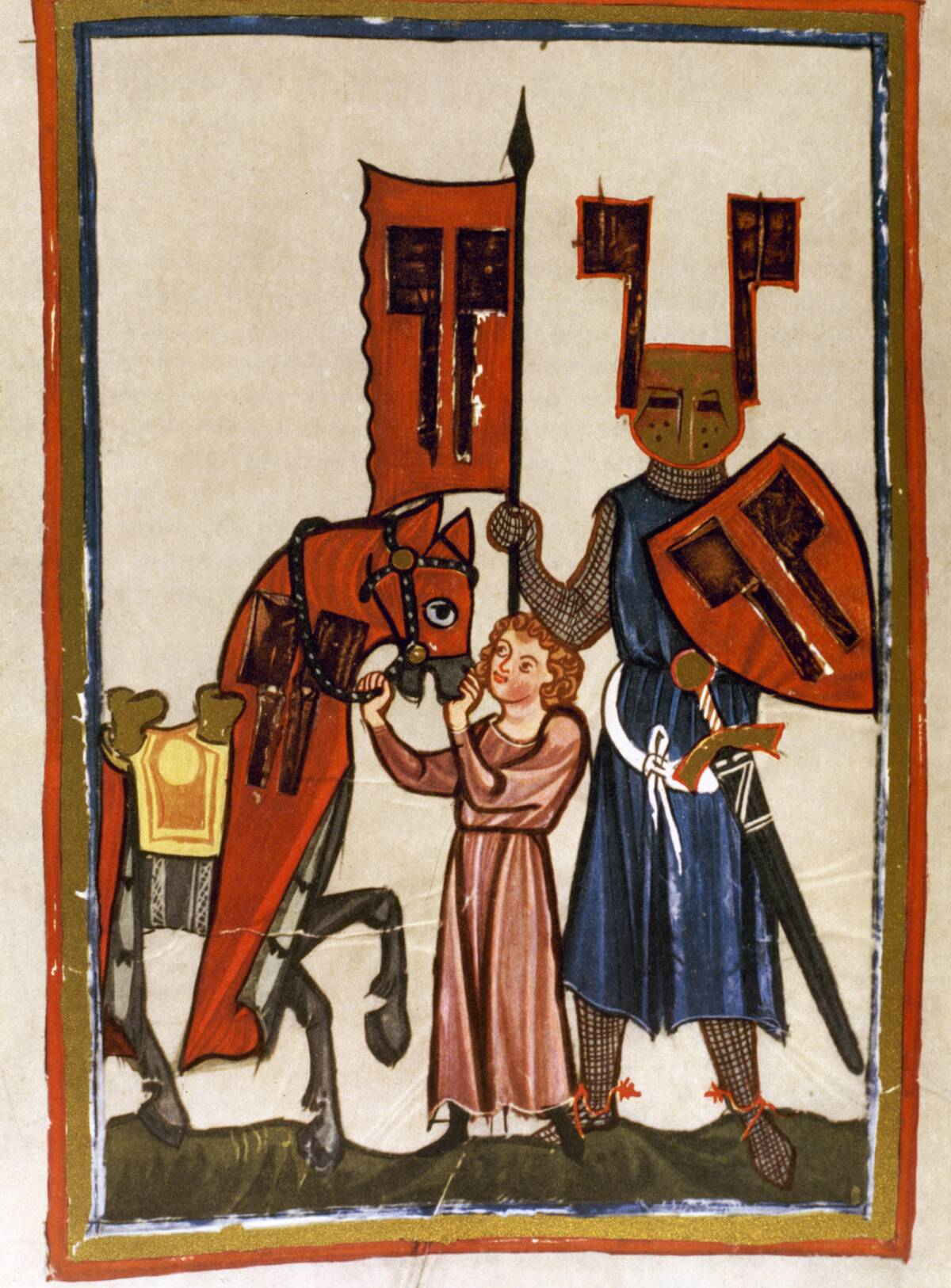
Every knight needed a trusty steed, and the warhorse was more than just a mode of transportation. These horses were specifically bred and trained for battle, known for their strength and agility.
A knight’s bond with his horse was vital, as these creatures were often as brave as their riders. Warhorses were often given names and treated with high regard, reflecting their importance in a knight’s life.
Breakfast Fit for a Warrior
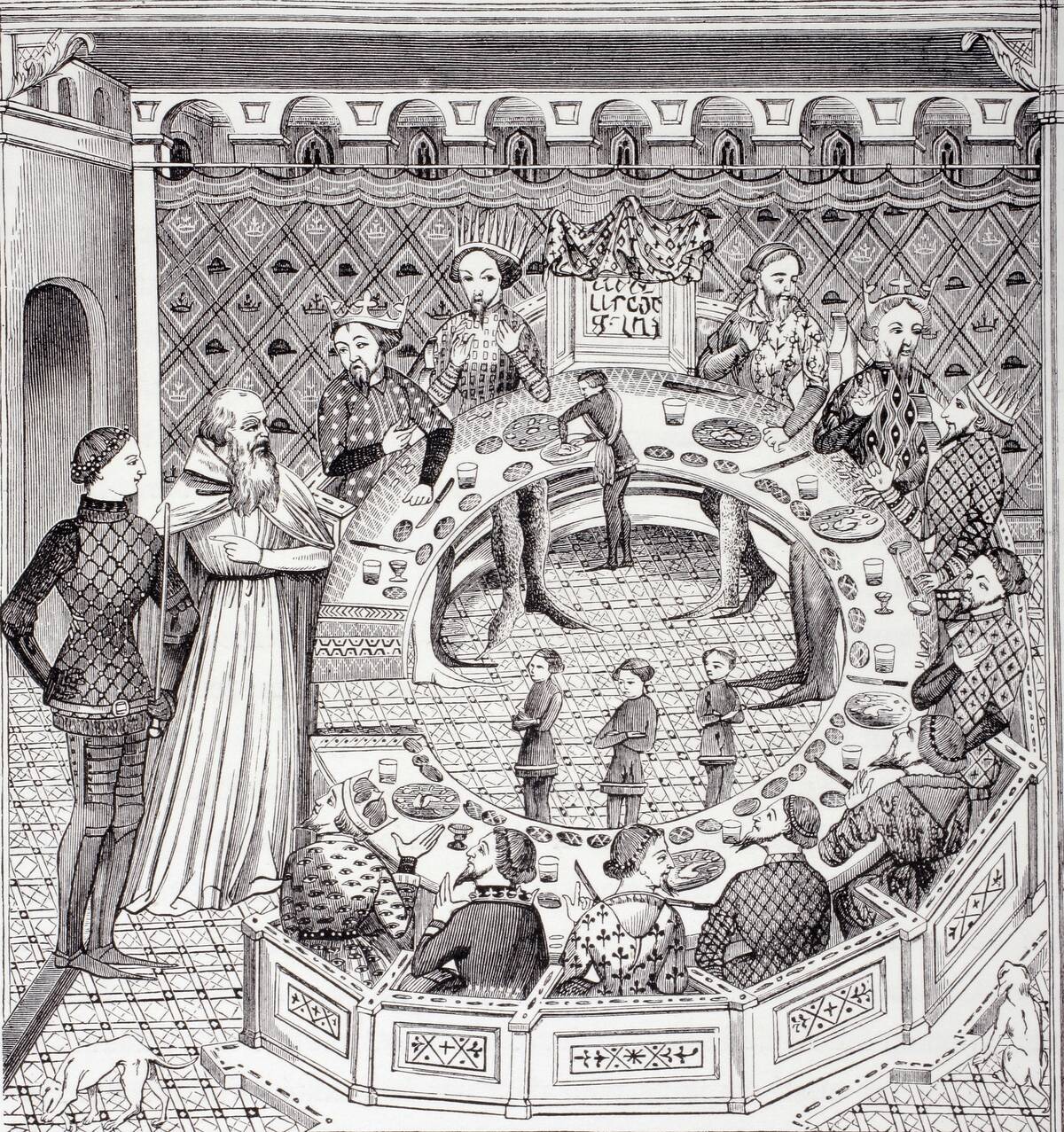
Before heading into training or battle, a knight needed a hearty breakfast to fuel his day. Meals typically included meats, bread, and cheese, providing the energy required for the physically demanding lifestyle.
Unlike the lavish feasts of the evening, breakfast was more about sustenance. The simplicity of this meal was balanced by the quality of ingredients, often sourced from the knight’s own lands.
Training Grounds: Sharpening Skills and Weapons
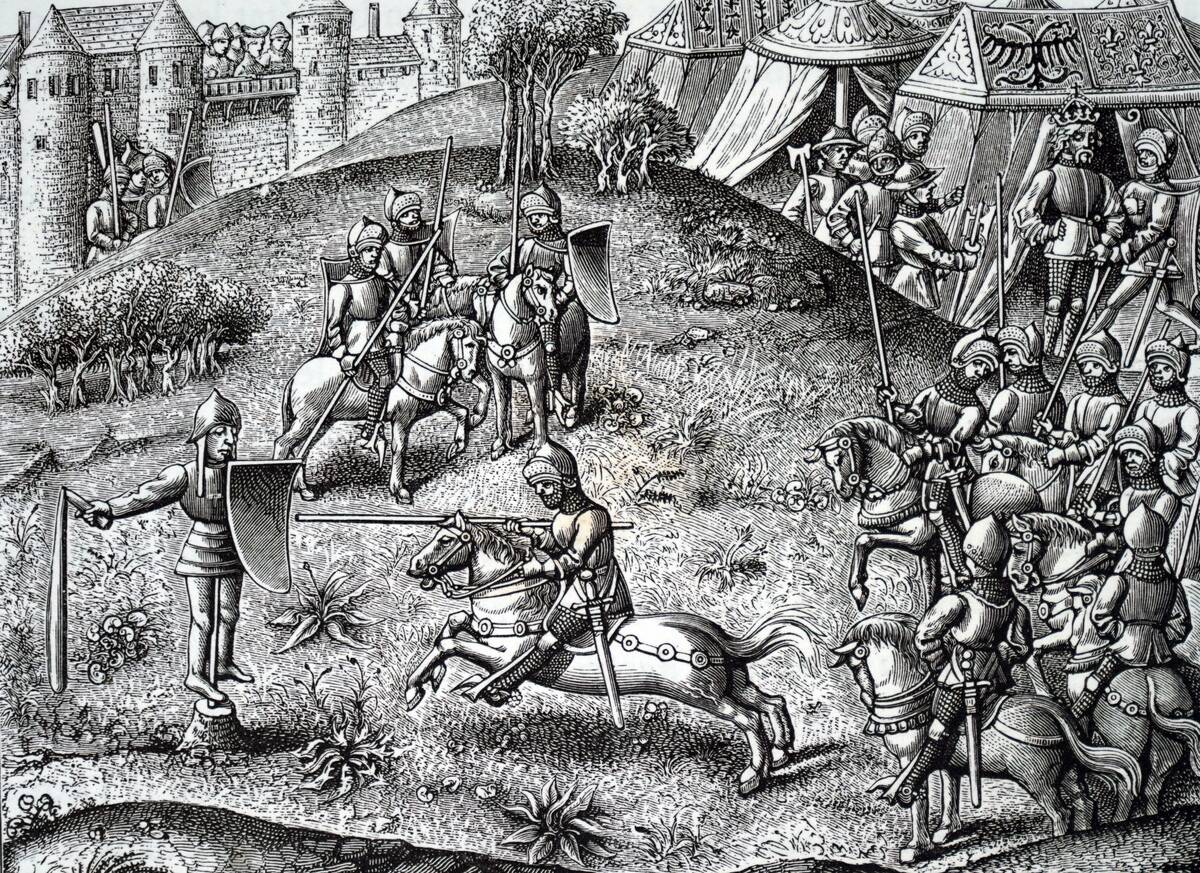
The training grounds were where a knight honed his skills and maintained his weapons. Regular practice was essential, as both physical fitness and combat readiness were crucial.
Knights engaged in various exercises, from archery to hand-to-hand combat, ensuring they were prepared for any situation. Weapon maintenance was equally important, with swords and lances frequently sharpened and repaired.
The Art of Swordsmanship
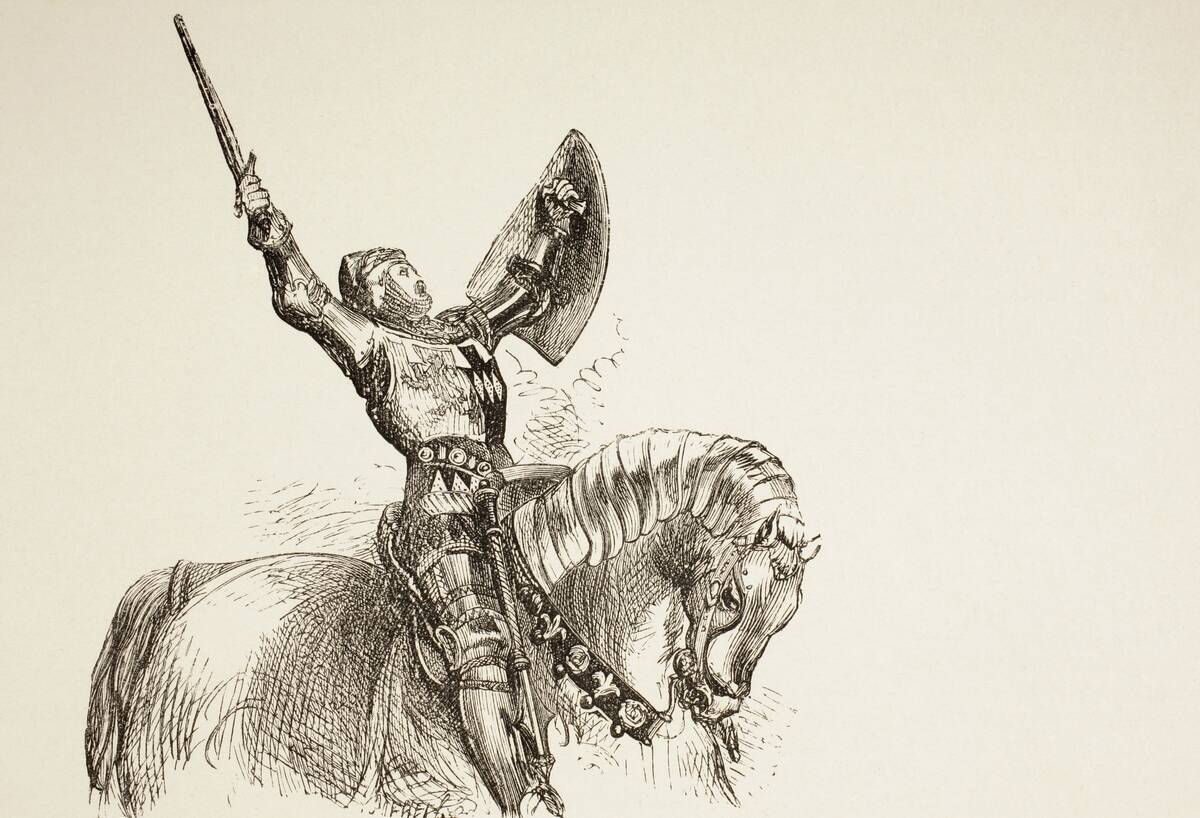
Swordsmanship was a knight’s most revered skill, often seen as both an art and a science. Mastery of the sword required years of practice and discipline.
Techniques varied, from the swift strikes of the longsword to the precise thrusts of the rapier. A knight’s prowess with the sword was not only a measure of his ability in battle but also an indicator of his status and reputation.
Jousting: The Sport of Nobles
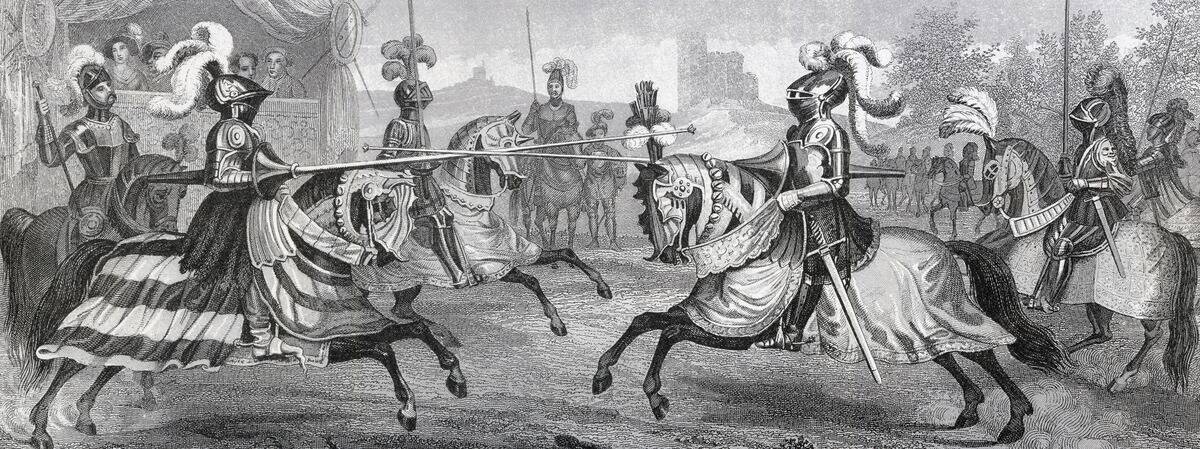
Jousting was more than just a sport; it was a display of bravery and skill. This noble pastime involved knights charging at each other on horseback, aiming to unseat their opponent with a lance.
Jousting tournaments were grand events, drawing crowds from all over and showcasing the finest knights. Victories in these competitions were celebrated, enhancing the winner’s fame and often leading to rewards or favor from the nobility.
Midday Meal and Respite
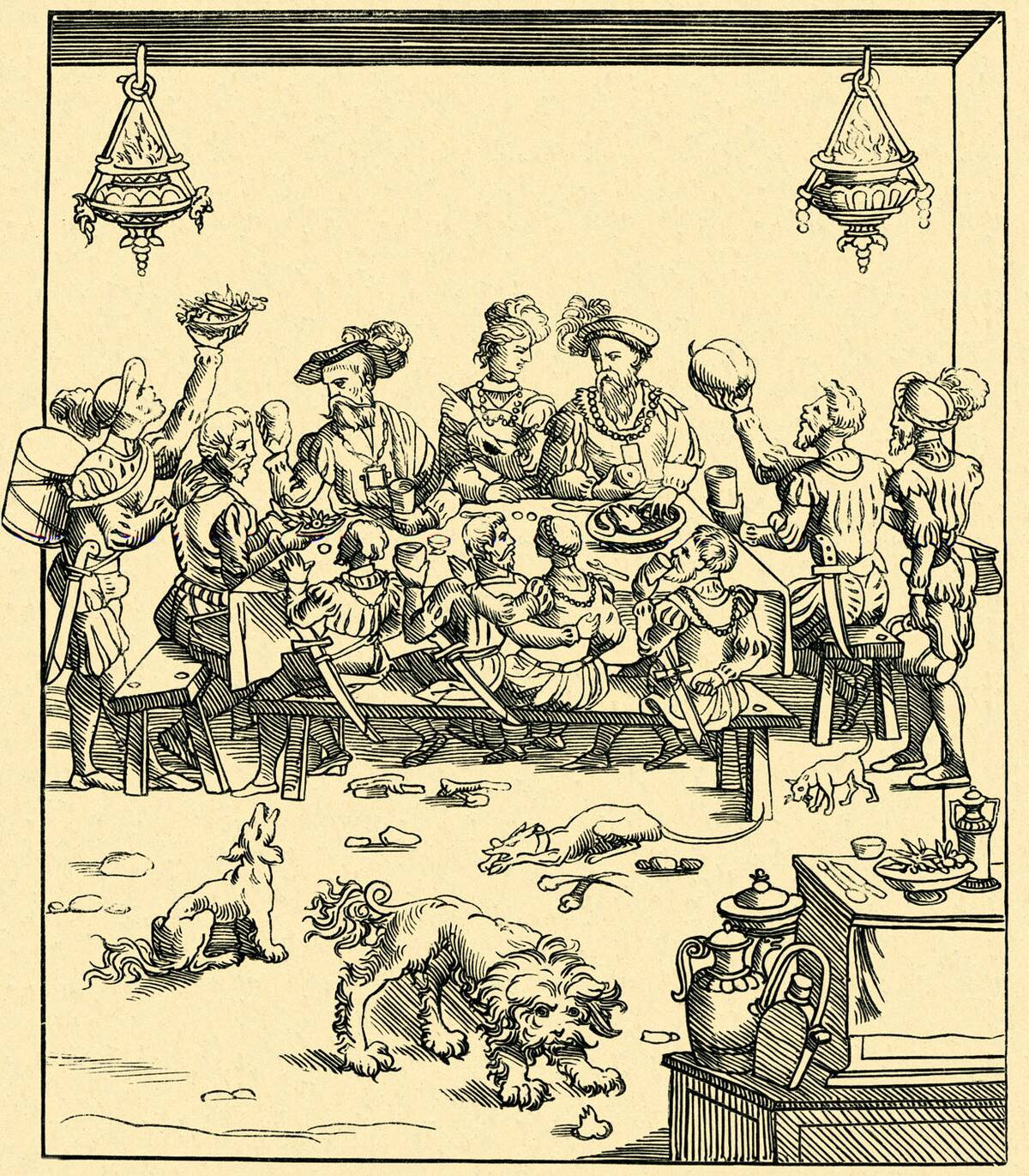
After a morning of intense activity, a knight would pause for a midday meal and some respite. This meal was a chance to replenish energy levels and relax before the afternoon’s duties.
The fare was nourishing, often featuring stews or pies, providing a satisfying break in the day. This time also allowed knights to socialize and discuss matters of strategy or governance with their peers.
The Code of Chivalry: A Knight’s Moral Compass
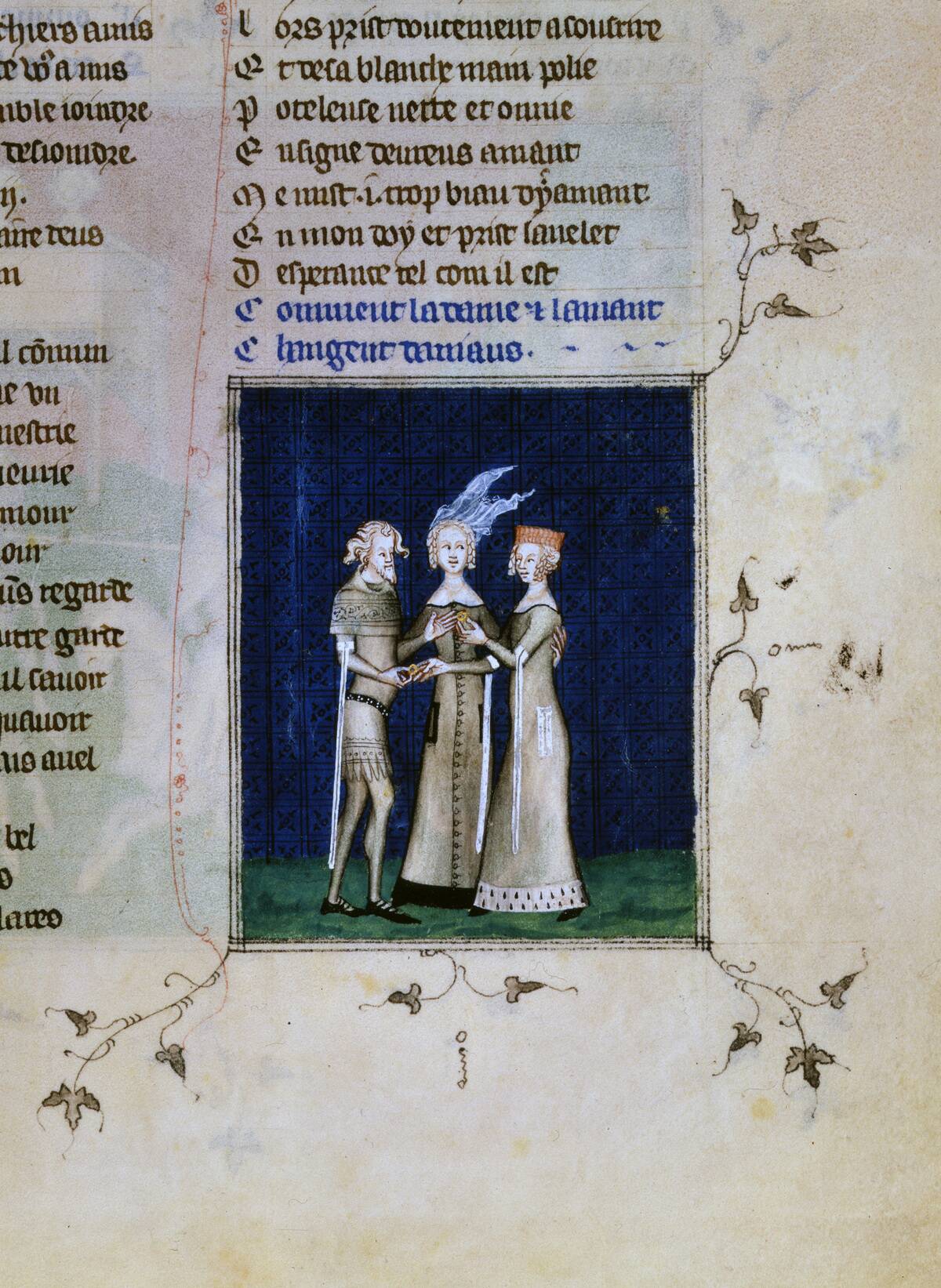
The code of chivalry was the moral framework that guided a knight’s actions. It emphasized virtues such as bravery, courtesy, and honor, shaping a knight’s conduct both on and off the battlefield.
While the specifics varied, common themes included loyalty to one’s lord, protection of the weak, and respect for women. This code was not just an ideal but a standard that knights were expected to live by.
Duties and Responsibilities: Protecting the Realm
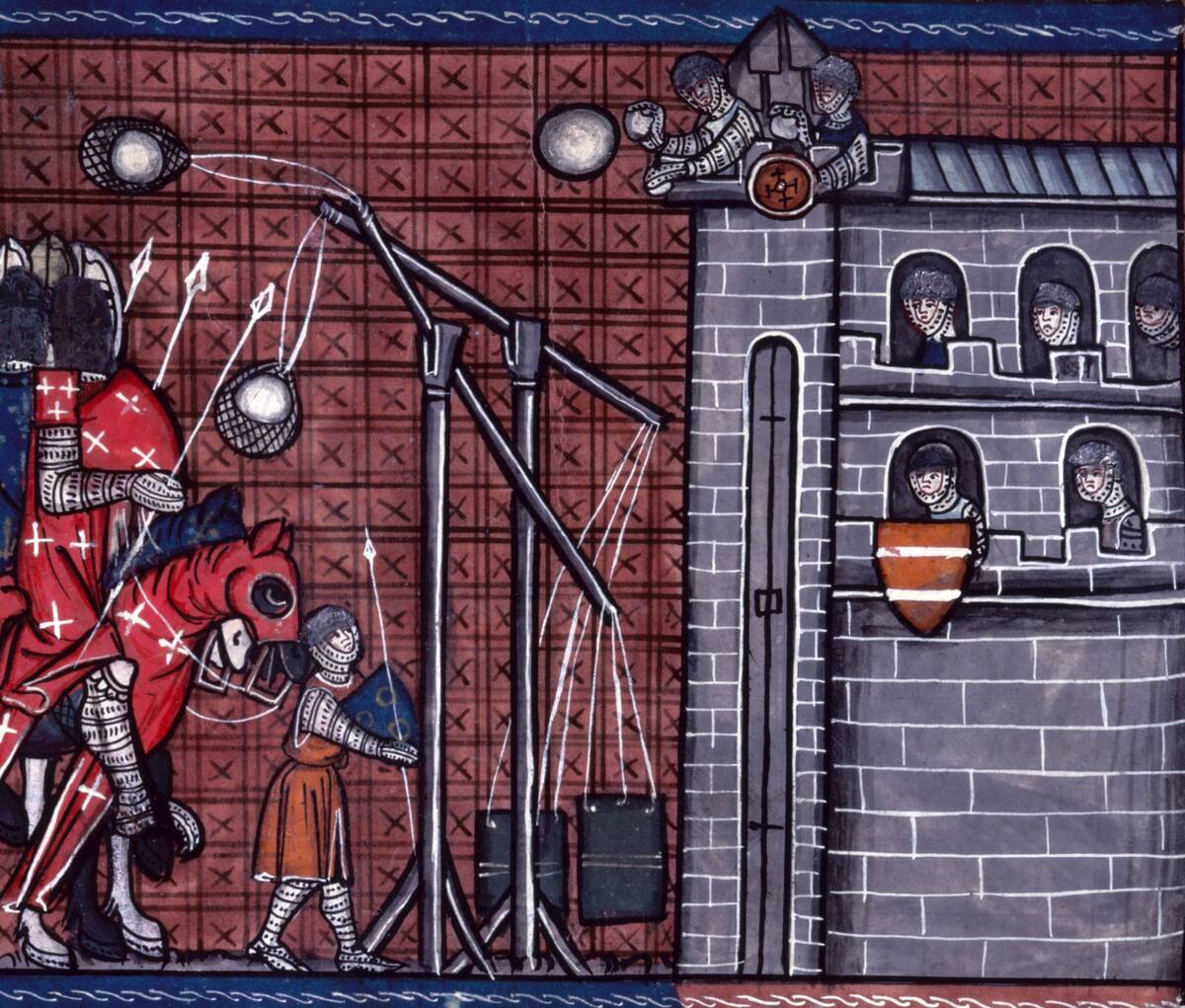
A knight’s duties extended beyond warfare, encompassing a range of responsibilities aimed at maintaining peace and order. They served as protectors of the realm, ready to defend their lord’s lands from external threats.
Knights rarely acted as law enforcers when it came to internal strife, however. Criminal matters within a realm were typically handled by either royal sheriffs or more informal groups of watchmen, depending on the setting.
Courtly Love and Chivalric Romance
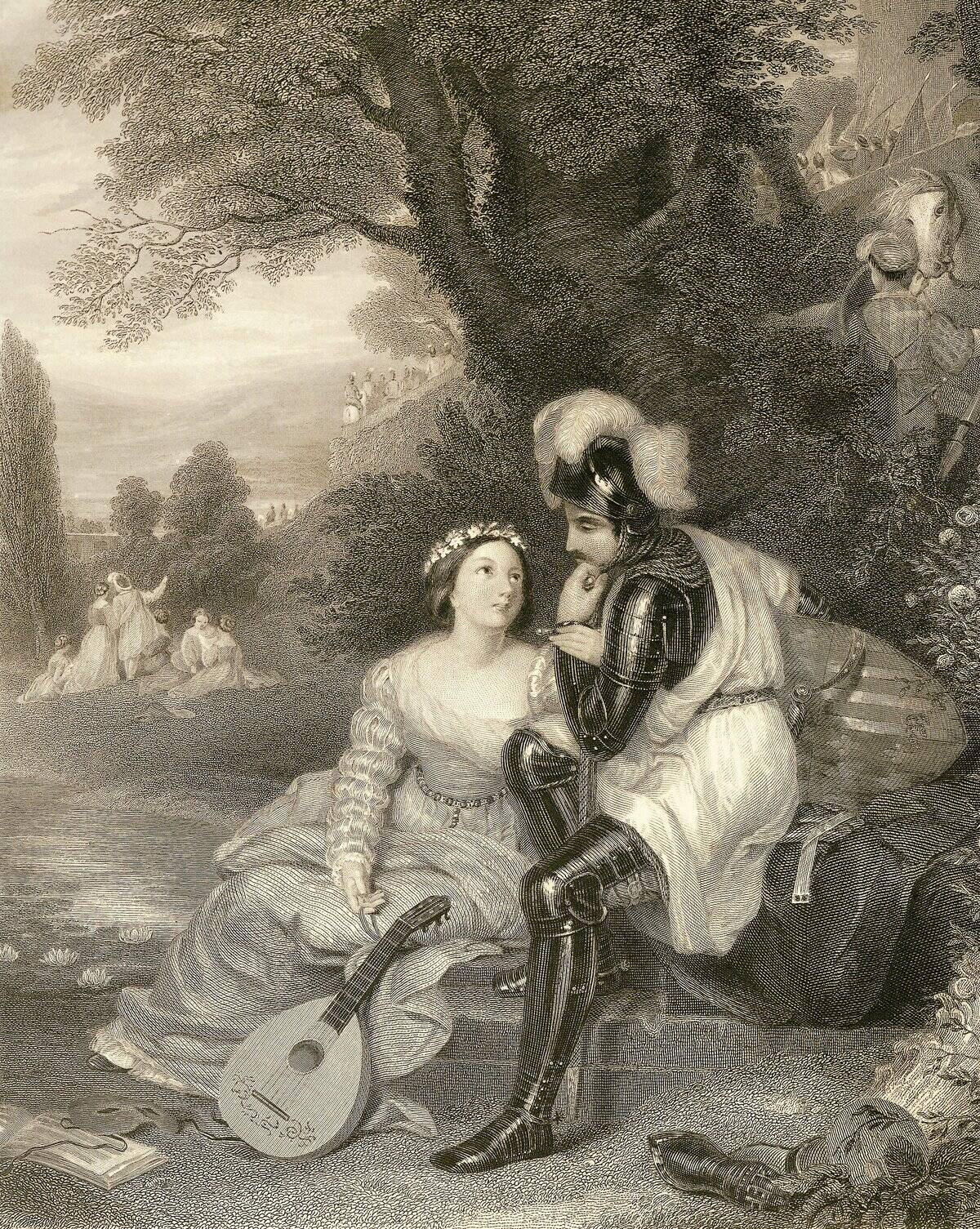
Courtly love was a romantic ideal that flourished in the medieval knightly culture. It involved the admiration and adoration of a noble lady, often expressed through poetry and chivalric deeds.
While these relationships were typically platonic, they played a significant role in shaping the social and cultural norms of the time. Knights often dedicated their victories and exploits to their lady, further intertwining romance with their chivalric duties.
Evening Feasts and Banquets
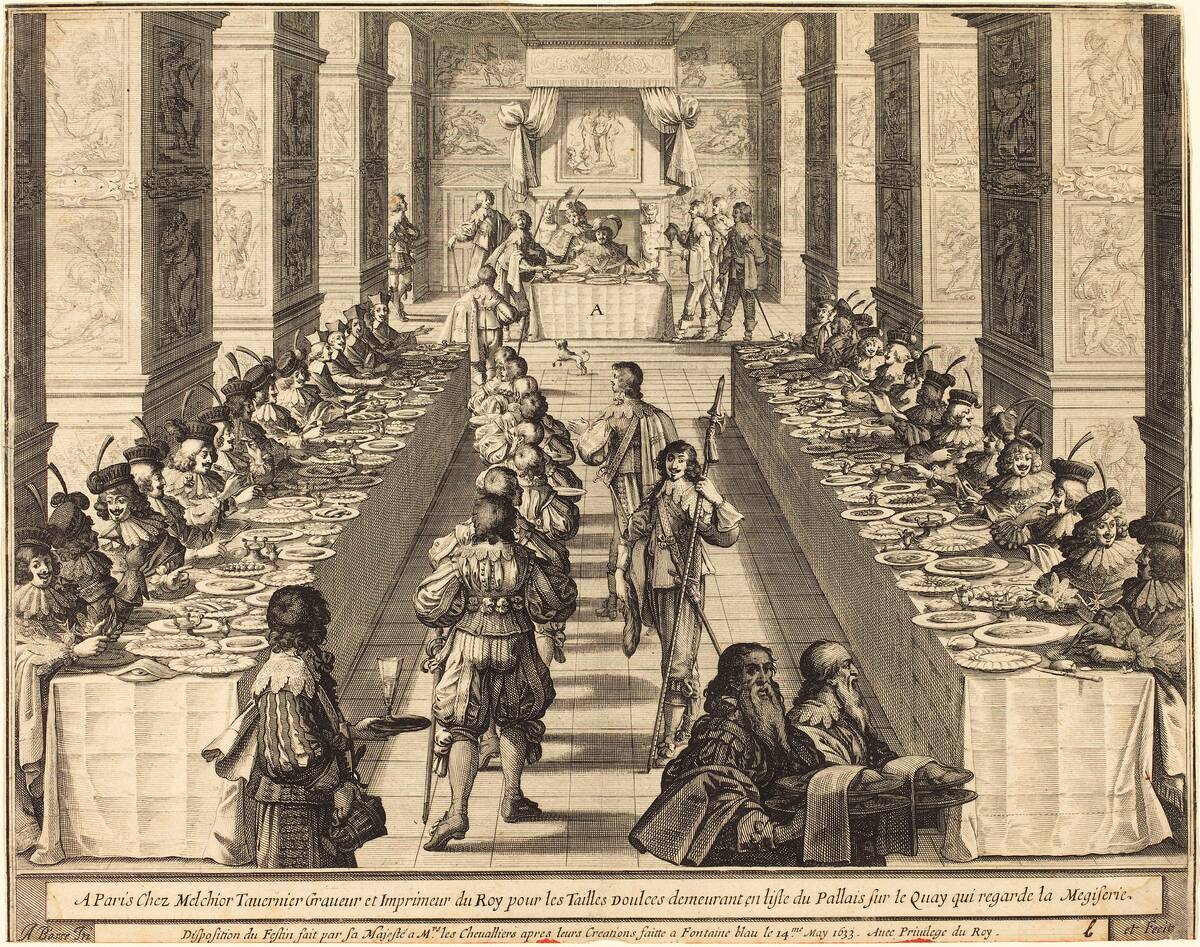
As the day wound down, knights would gather for evening feasts and banquets, a time of camaraderie and celebration. These gatherings were lavish affairs, featuring an abundance of food and drink.
Roasted meats, fresh bread, and rich desserts adorned the tables, accompanied by music and merriment. Beyond the sustenance, these feasts were opportunities for knights to strengthen bonds and forge alliances, crucial for their social and political standing.
Storytelling and Entertainment in the Great Hall
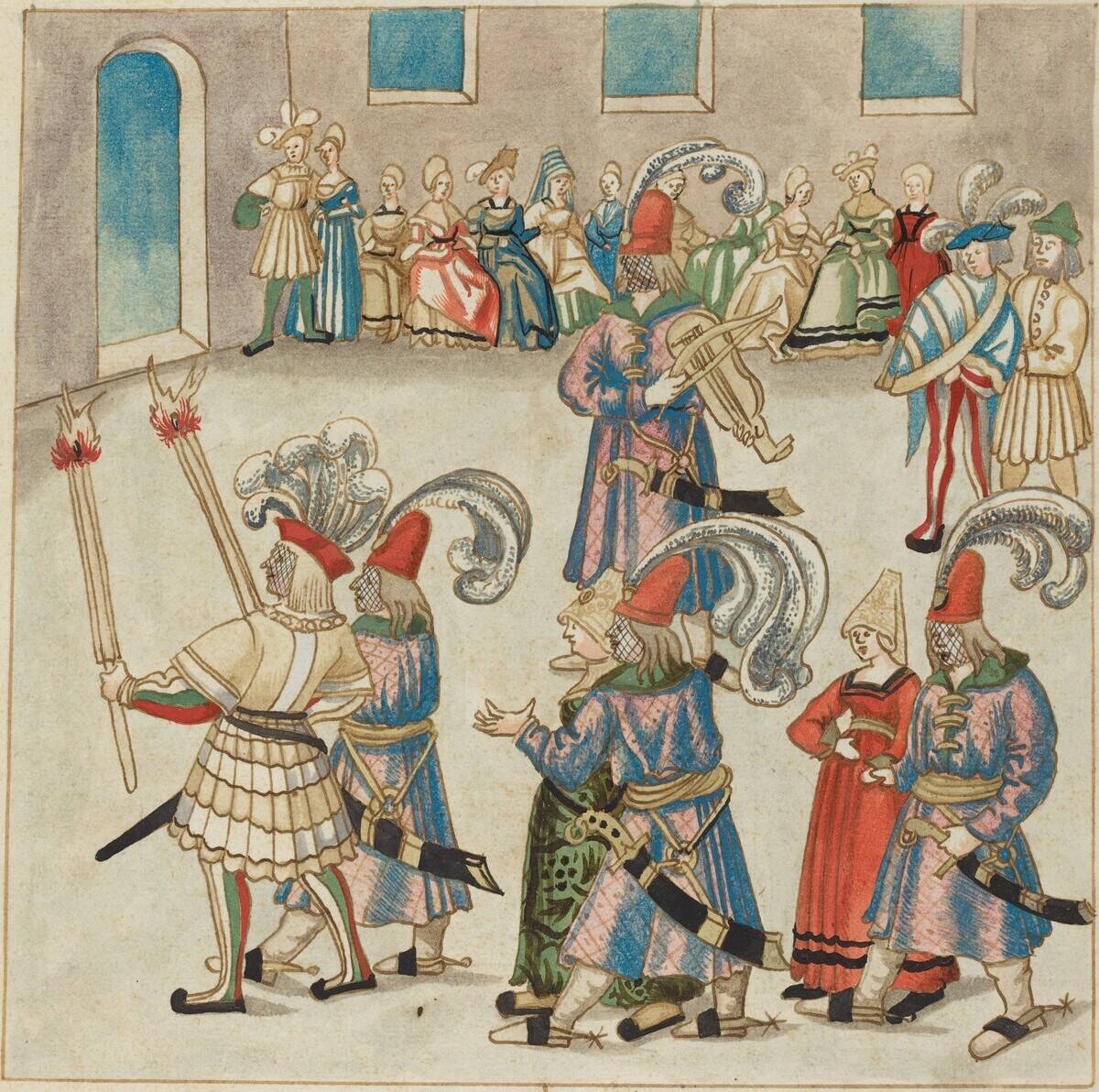
The great hall was the heart of entertainment, where stories of heroism and adventure were shared. Minstrels and bards captivated audiences with tales of legendary knights and mythical quests.
These stories served not only to entertain but also to inspire and educate, reinforcing the values of chivalry and courage. Such evenings were a vital part of knightly life, fostering a sense of community and continuity.
Nightfall: Reflections and Rest
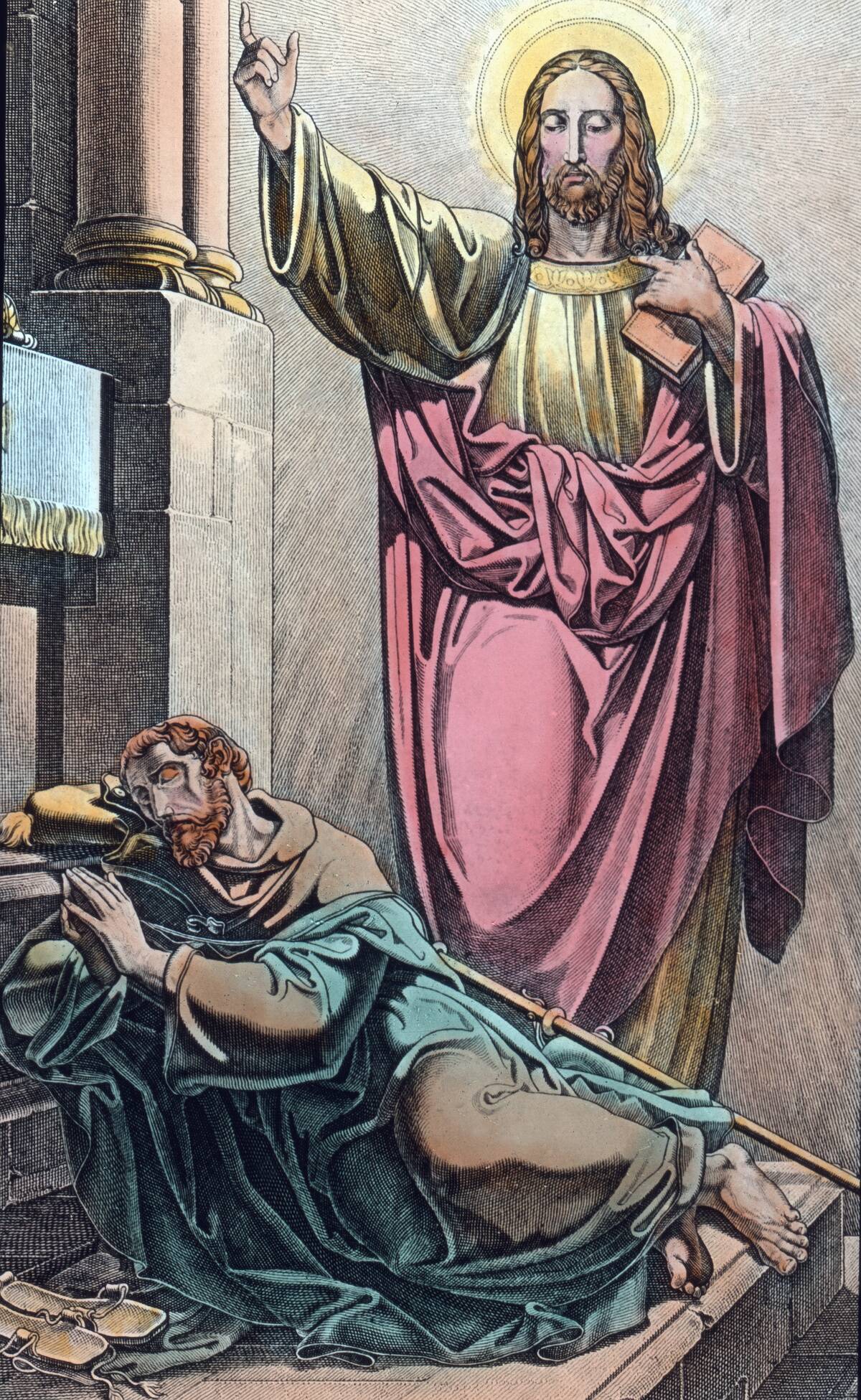
As the night drew in, a knight would find time for reflection and rest. This was a moment to contemplate the day’s events and prepare for what lay ahead. Personal prayers were often said, seeking peace and guidance.
After the day’s rigors, rest was essential, allowing knights to recharge for the challenges of the following day. The cycle of a knight’s day was both demanding and rewarding, steeped in tradition and purpose.




